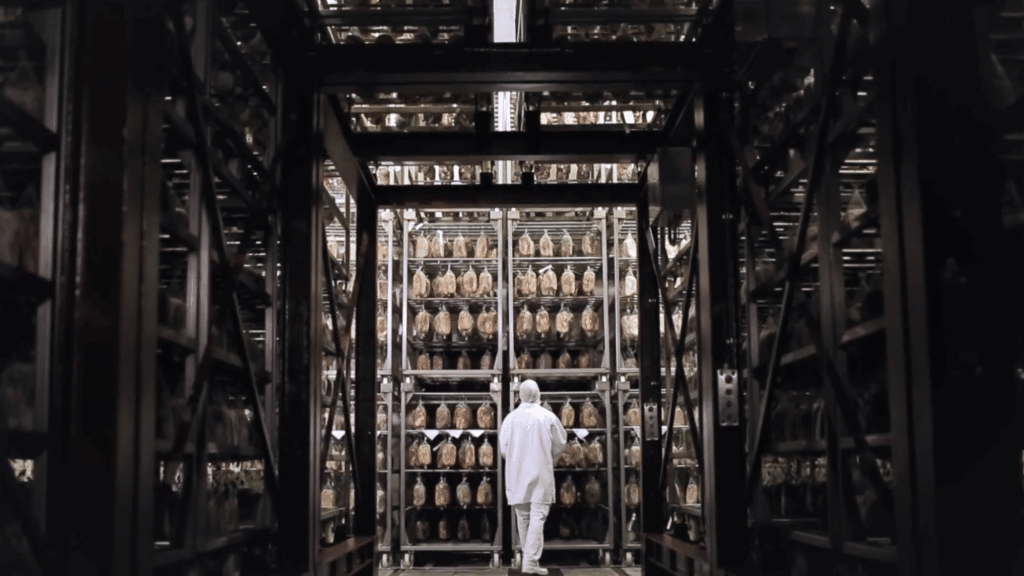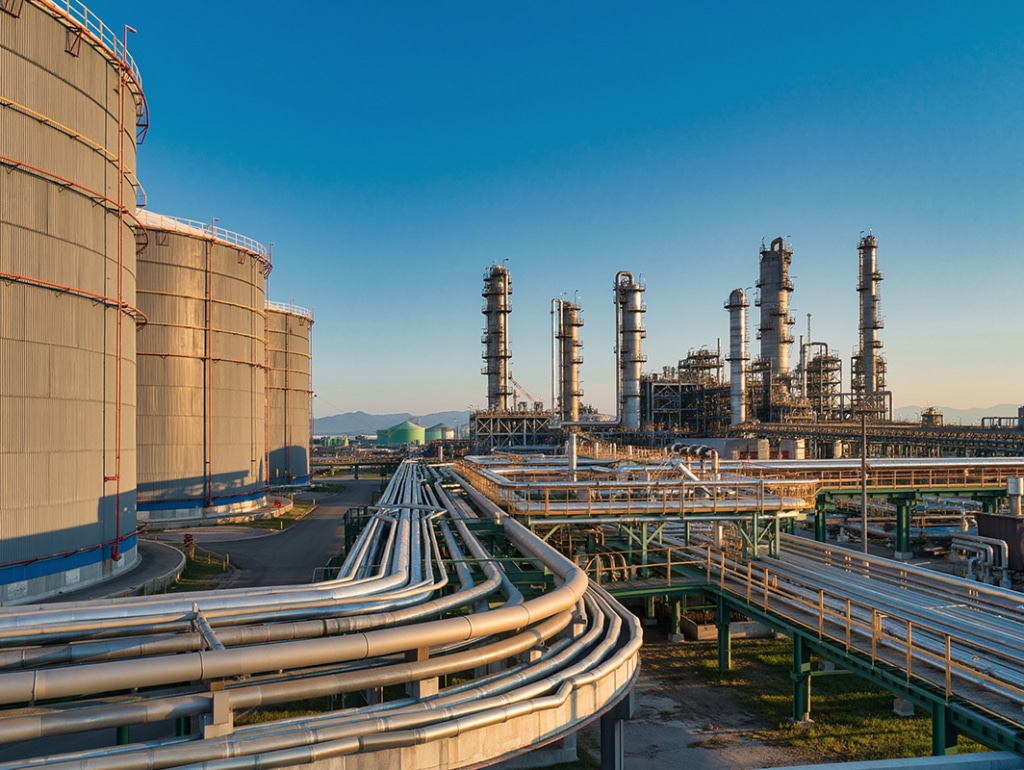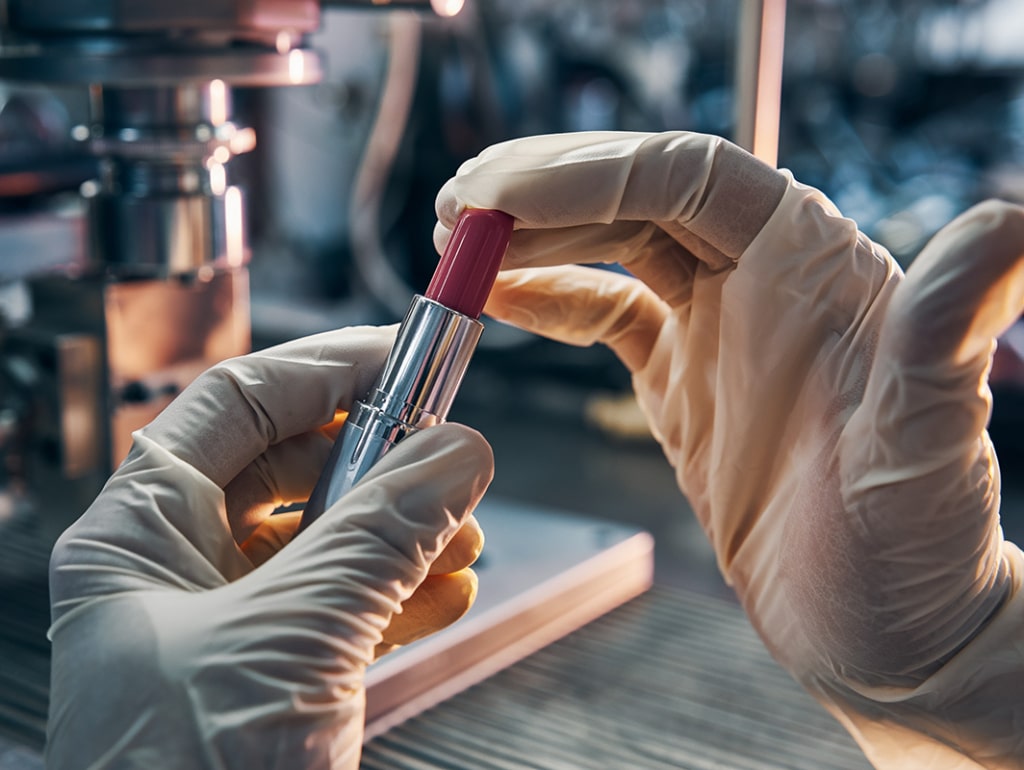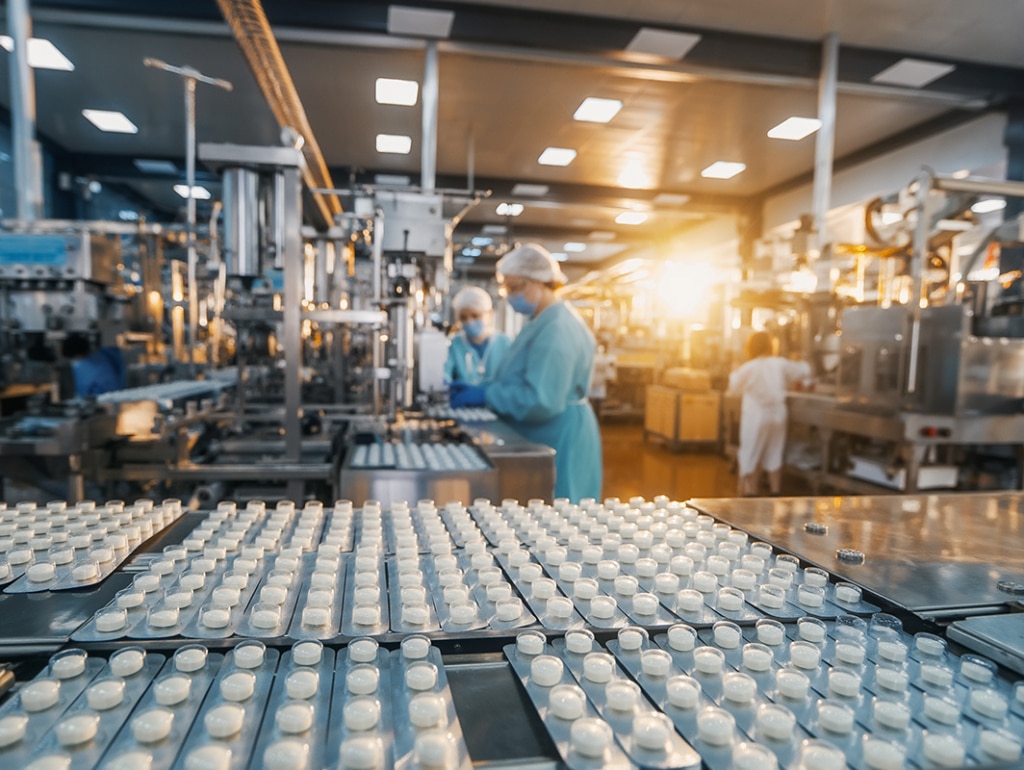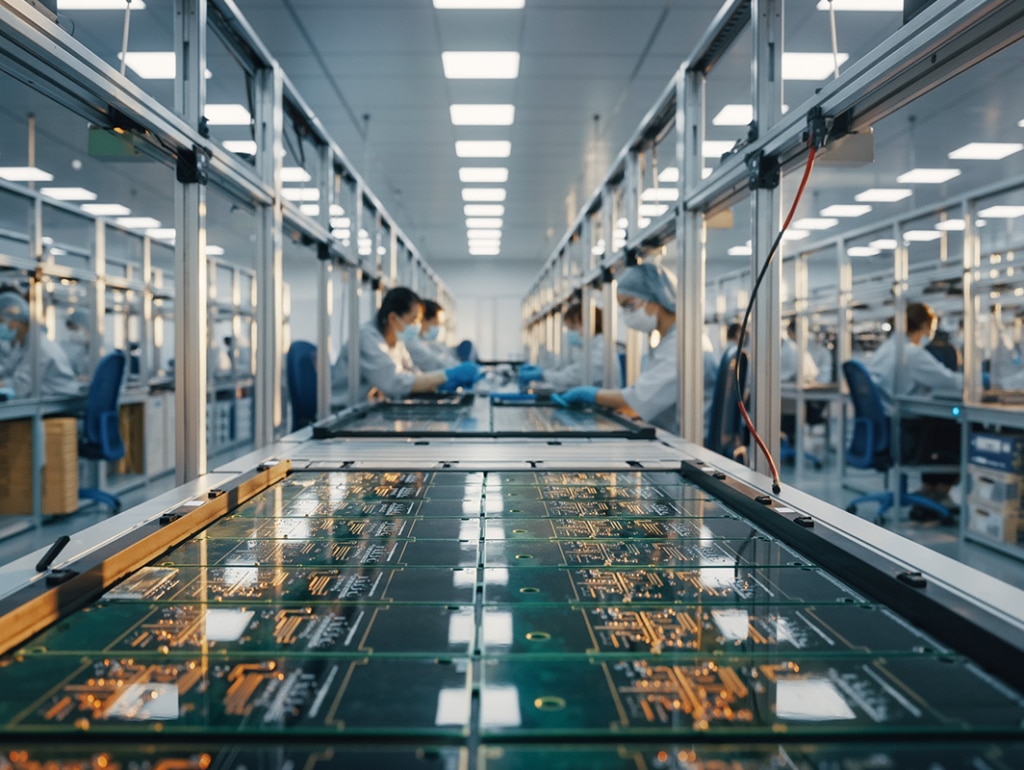Production sites across Italy
Turning Cost Pressures Into Sustainable Profitability
A primary packaging manufacturer for cosmetics brands faced a contraction in sales while costs continued to rise. Together with the company’s own teams, EFESO implemented targeted operational improvements focused on efficiency and waste reduction across three sites. The transformation delivered €636,000 in validated savings within just three months.

Our Client
The company is a primary packaging provider for the cosmetics industry, manufacturing containers for both makeup and general cosmetics products. It operates from one headquarters location with two additional sites.
Its product range includes bottles for moisturizers and liquid products, small makeup components and empty containers supplied to major cosmetics brands, who fill them before retail sale.


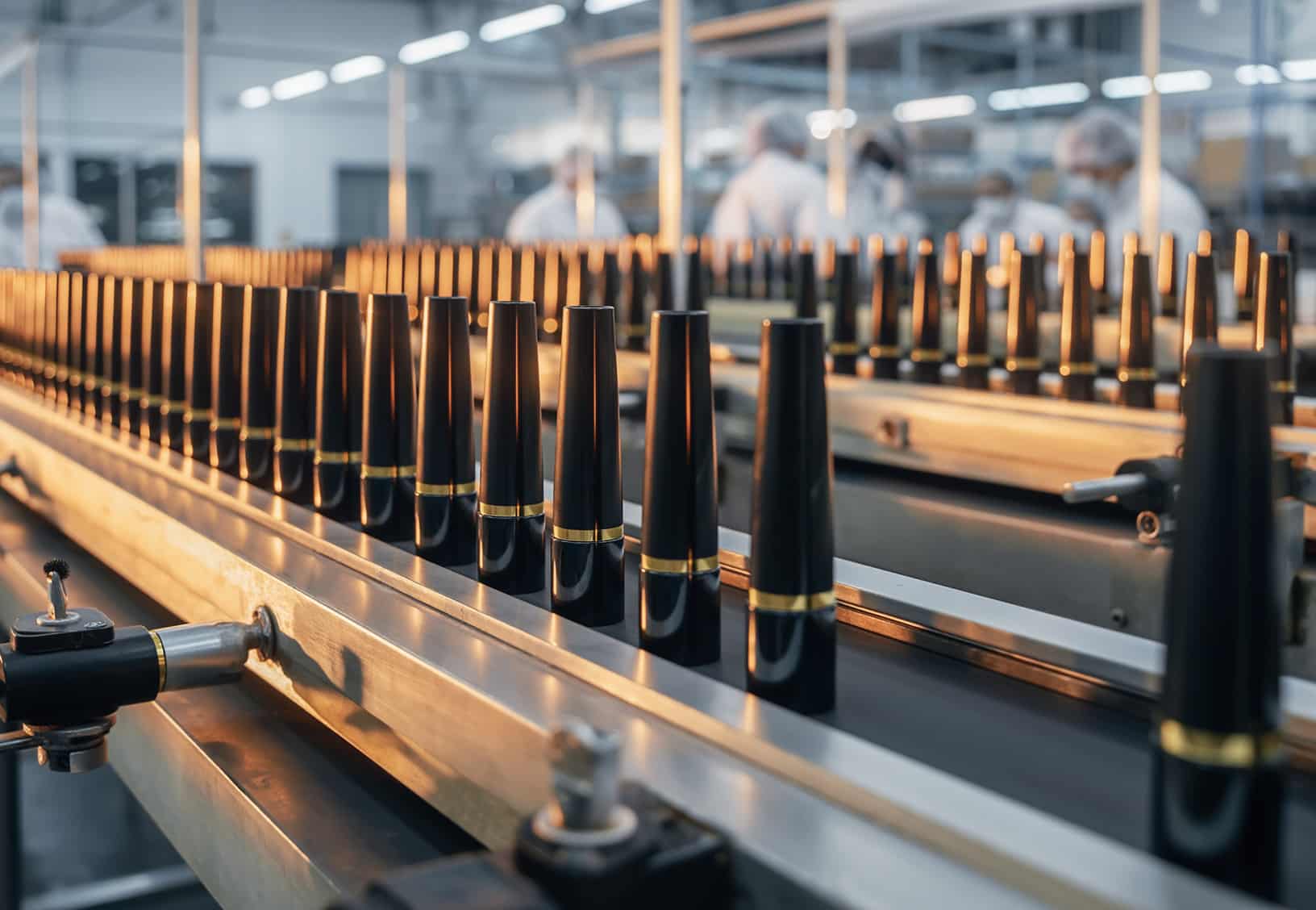
The Challenge
The investment fund that owned the manufacturer needed to see significant performance improvements to increase profitability after acquiring the company.
- Dual pressure points: The company faced a simultaneous contraction in sales and increasing operational costs, creating an urgent need for operational savings
- Multi-site complexity: Improvements were required across three separate facilities—each with distinct operational characteristics
- Process inefficiencies: High scrap rates in primary processes, redundant labor assignments with excessive man-to-machine ratios and quality issues requiring additional controls were driving unnecessary costs throughout the operation
Real Results Achieved Together
Working alongside the company’s teams, we transformed operations through targeted improvements in labor efficiency, material consumption and equipment utilization.
The collaborative effort focused on the screen-printing department as a pilot, before expanding to primary molding operations.
Validated savings achieved
Material consumption reduction
Direct labor savings
Months implementation timeframe
Transformation Impact
- Eliminated redundancies through optimized man-to-machine ratios
- Reduced scrap rates in screen-printing and molding processes
- Improved yield in blow-molding and injection-molding operations

Our Approach
The project began with a diagnostic phase covering improvement opportunities across all three sites, with a primary focus on the headquarters. We identified three main levers for savings:
- Labor cost optimization
- Direct material efficiency
- Variable equipment costs.
Implementation began in the “seeding” section—a pilot project in the screen-printing department—before expanding to the “first process” department where plastic containers are molded.
Specific improvements included reducing man-to-machine ratios to eliminate operator redundancies, optimizing indirect labor in decoration and shipping and achieving better BOM yields through scrap reduction. For instance, reducing glass waste by even 1% generated meaningful savings on expensive raw materials.
The team made significant improvements in both primary processes (molding and blow molding from bulk plastic materials) and secondary operations (screen-printing decoration) before shipping to customers.



Facing Similar Manufacturing Cost Pressures?
- Struggling with rising costs while sales contract, squeezing your margins from both sides
- Seeing opportunity in reducing scrap rates and optimizing your workforce efficiency
- Ready to transform operational constraints into validated, sustainable savings


